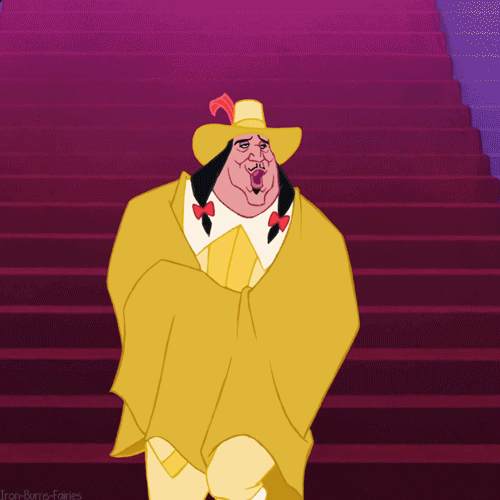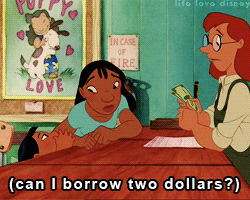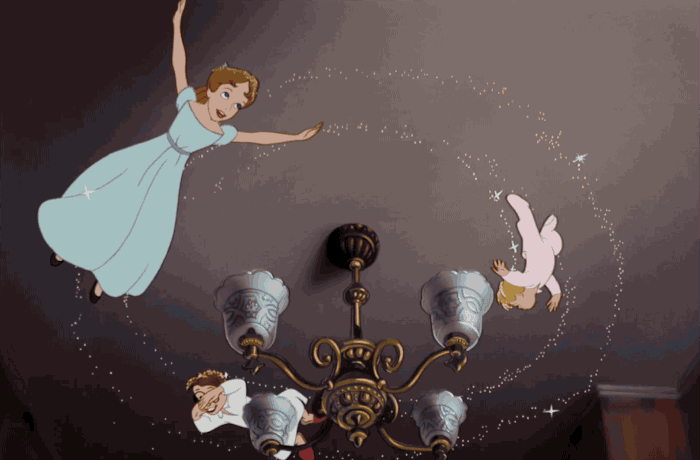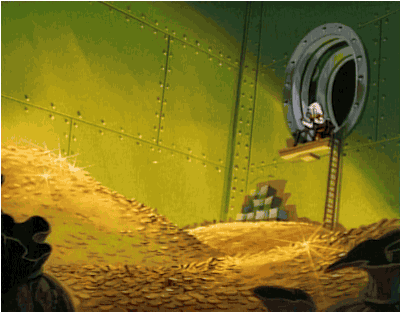Privyet Steemrades! This week, those of us working on the @phillyhistory project have been tasked with considering how we would use various sums of money to make a positive impact on public history. To that end, I had to seriously think about how and where I would disperse $10,000, $100,000, $1 Million, and $10 Million. These are vastly different sums of money, but I believe each sum lends itself to positive change in different ways. As always, please share your thoughts and ideas below! With that, let's get started shall we?

$10,000
In my mind, $10,000 is the standard size of any grant a small-to-mid-sized institution would apply for. $10,000 is enough to fund perhaps a small internal change. Since this project's inception, my colleagues and I have pointed out many of the flaws pervasive in the culture sector. One of the ones which spoke to me most was the issue of facility maintenance. $10,000 can't solve all the problems that come with improving one's facilities, but it could help cover the cost of some positive improvements like climate controls, new smoke detectors, or even the funding of an emergency plan.

$100,000
Now, where $10,000 can make a dent in one specific issue, $100,000 allows for much greater imagination, especially within smaller institutions. If we were to continue with the theme of facilities and maintenance, disbursing $100,000 quarterly over, say 5 years, would allow an organization the fluid cash to make infrastructural improvements or even allow them the opportunity to conserve and care for many of the items in their holdings. As I wrote last week, many cultural nonprofits could benefit from some assistance in conservation. I should specify though, $100,000 towards conservation will go much further in smaller organizations than in a larger one. Still, with a little faith, trust, and $100,000 in pixie dust, some positive and impactful work can get done.

$1 Million
This brings us to cash amounts on the larger end of the spectrum. $1 million is more than ten times the annual budget for the John J. Wilcox Jr. LGBT Archives here in Philadelphia. On the other hand, were the Philadelphia Museum of Art so inclined, this money could fund an exciting and innovative exhibit. Frankly, $1 million is such an incomprehensible amount of money to me, I would sooner see it disbursed to a local, grassroots organization for them to fund their own project or projects while also getting paid a living wage to do so. Earlier in the semester, @gvgktang advocated for disbursing our raised funds to grassroots public historians whose work would directly benefit the communities within which they work. I think disbursing $1 million to a number of those grassroots organizations would be a wise decision.

$10 Million
Building of this last section, if $1 million is incomprehensible, $10 million is mind-boggling. It is so much money that I would love ti see it used to provide paid internships in the city's nonprofits for as long as possible. (Full disclosure: I'm not a math person, so I'll entrust you, as the reader, to dictate feasibility in the comments.) Too often internships in cultural institutions are unpaid, which leaves these would-be valuable experiences accessible only to those with the financial stability to take them on. After all, internships require time that could otherwise be used to make money and support oneself. Time truly is money, and for those from underserved communities who would like to be part of the culture sector, this is a hurdle not everyone can leap. So why not take that hypothetical $10 million and make it rain? Create paid internships and opportunities throughout Philadelphia's culture sector to make it accessible for all.

100% of the SBD rewards from this #explore1918 post will support the Philadelphia History initiative @phillyhistory. This crypto-experiment is part of a graduate course at Temple University's Center for Public History and is exploring history and empowering education to endow meaning. To learn more click here.